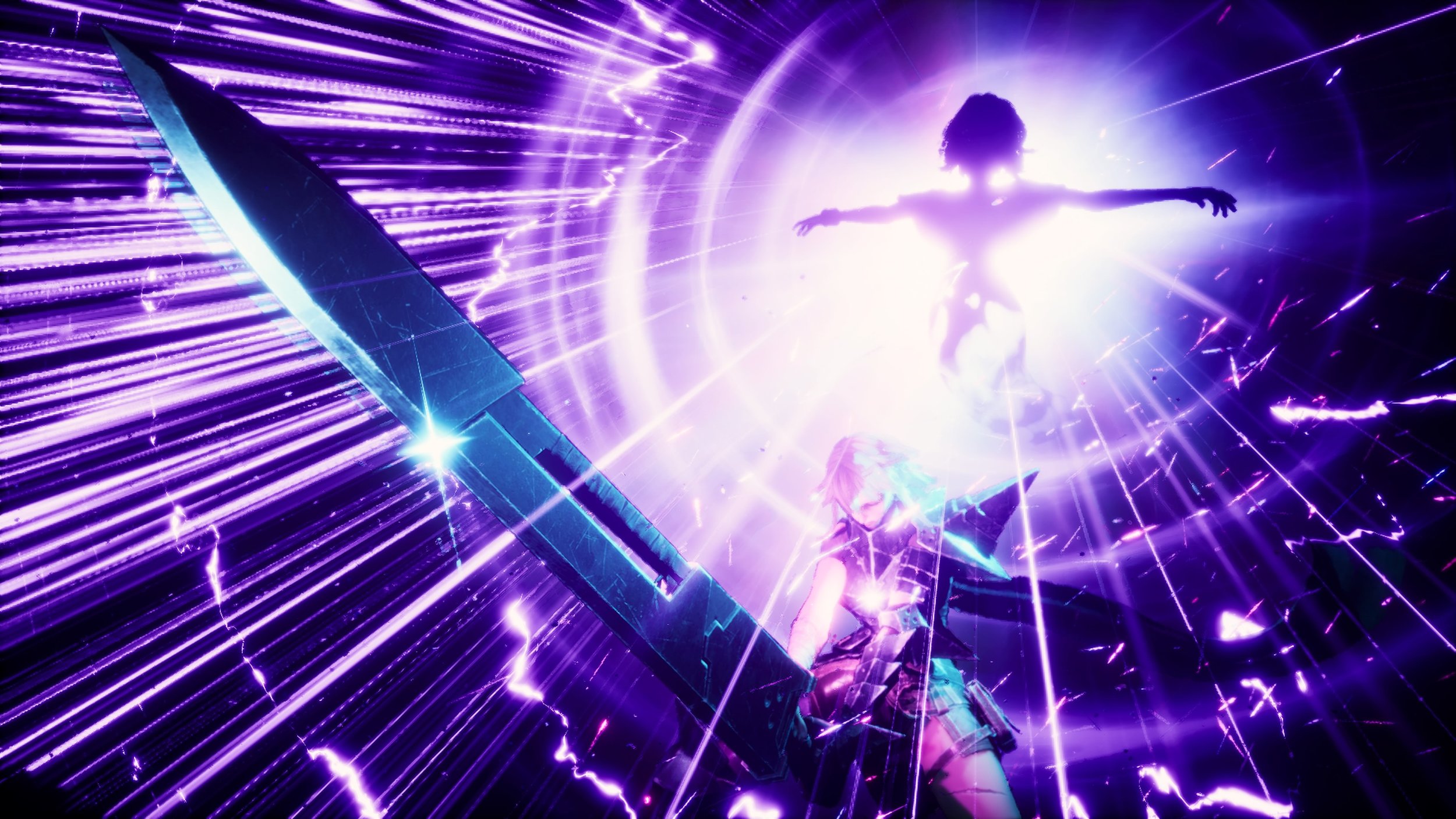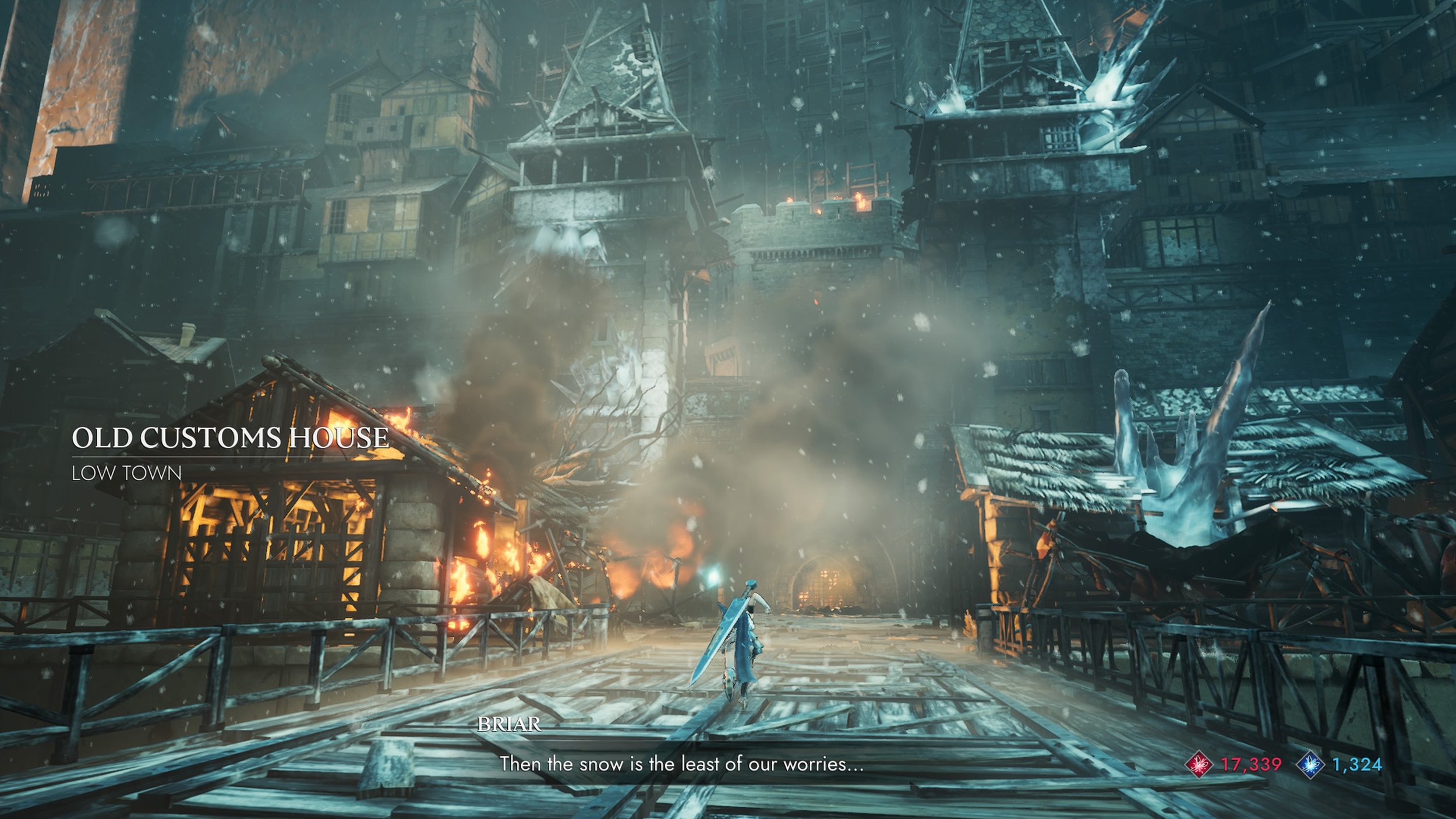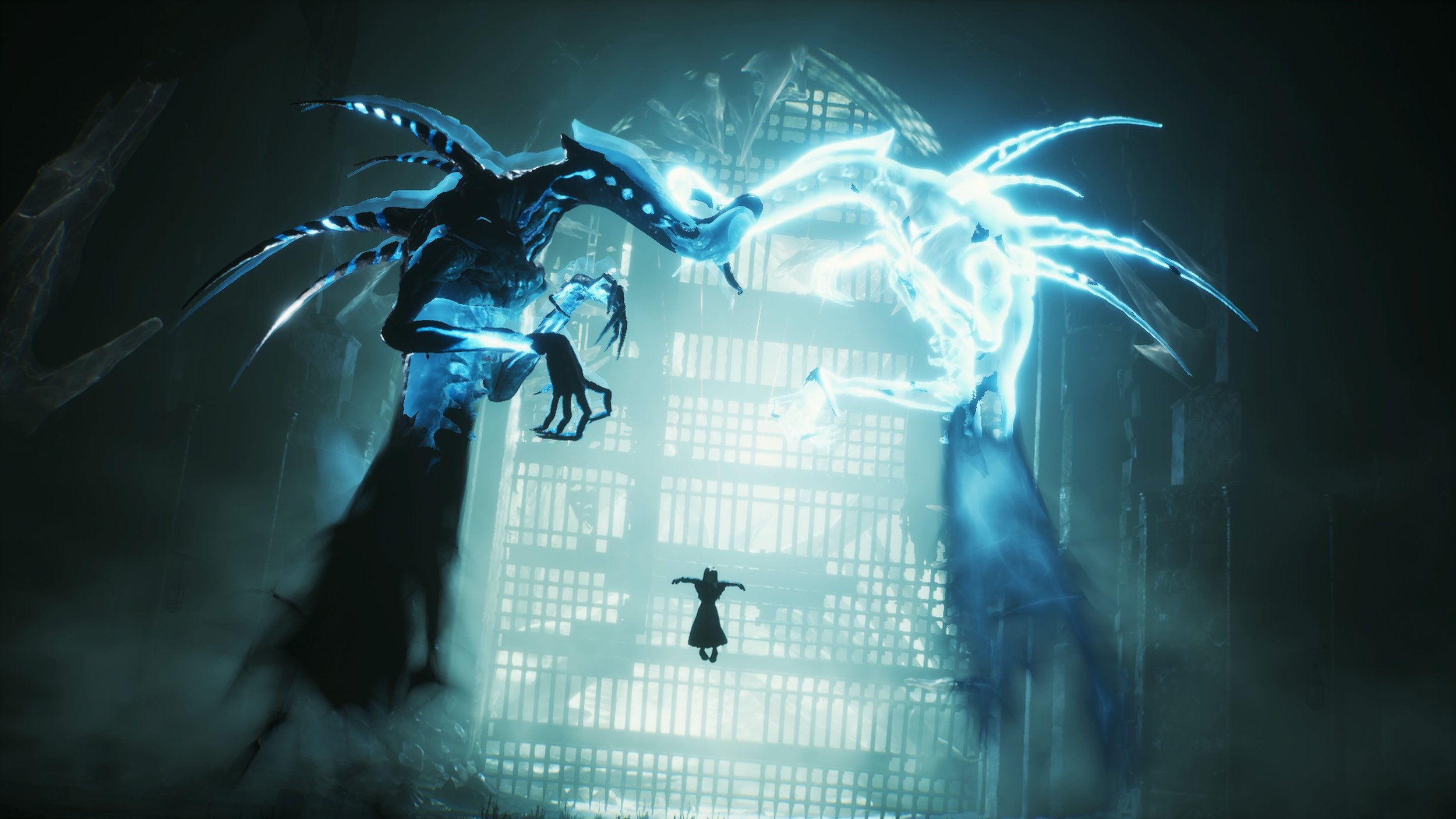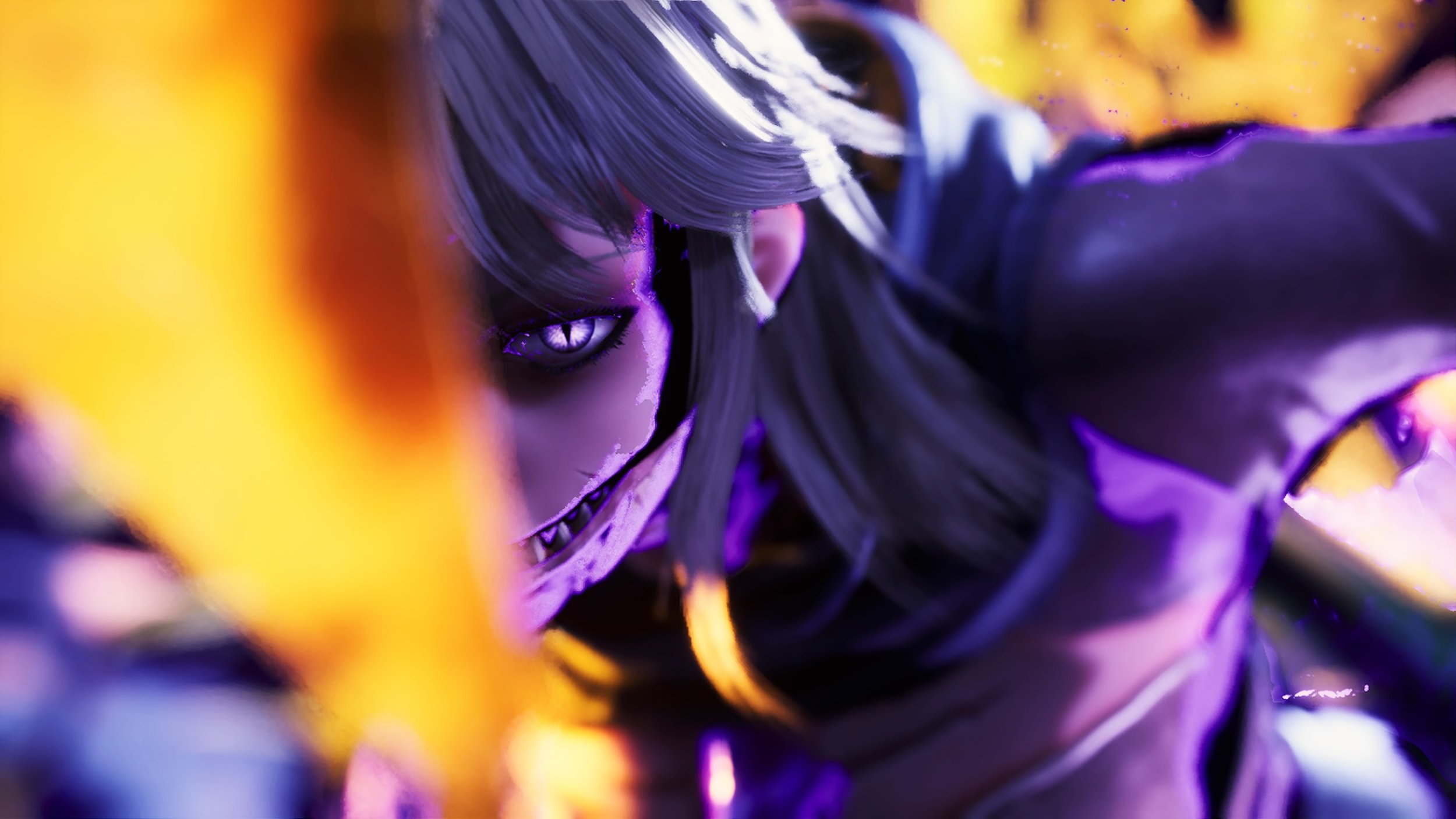Soulstice Review - Sisters Slaying Side-by-Side
/Soulstice is a fast-paced action adventure that has all the elements required to scratch that Bayonetta or Devil May Cry itch, but struggles to maintain its momentum due to combat design choices, dull characters, and the lack of flair that’s usually associated with games in its genre. Was it worth going from one fight to another to see the eventual conclusion of Briar and Lute’s adventure? Let’s break it down.
The sisters that kill moods
The game starts with Briar, a Chimera who’s directly linked to her dead sister Lute, and is tasked to infiltrate a monster-infested town and close a rift that is said to be the cause of all the mayhem. With the help of The Observer, Briar’s trusty greatsword (which can turn into a hammer), and Lute fighting at her side, Briar will go through different sections of the town and slowly uncover the secrets of the area as well as the protagonist’s past.
Soulstice has an intriguing world created by the folks at Reply Game Studios, but the main characters felt too one-dimensional to really bring out the best of the side characters. Briar and Lute are mellow women without many layers to peel off, and the game neglects to provide a good understanding of who they are. Be it surprised or angered, the line delivery all felt like it came from the same vein. This goes for the other characters that you meet to complete the overall story. Serious and intimate moments (e.g. those meant to provide players with more context) are delivered in a manner that puts too much weight on the voice acting and the imagination of the player, as all we see are echoes of the past rather than fully rendered scenes.
From a visual standpoint, the game can be hit or miss. Character models and certain environments do have rendering pop-up issues that don't completely ruin a scene, but definitely point out the lack of detail in certain areas of the game. Soulstice’s visuals only truly shine during its big and flashy set pieces, which I find more important than the discussions between different characters. Thankfully, the PS5 version of the game runs smoothly at 60fps or on higher resolutions without many disruptive frame drops, whether during scenes or heavy gameplay sections with multiple enemies in one area. No crashes or bugs were present that hindered my time with the game.
I’ve played this game before
Everything about Soulstice’s combat just tells you the developers were greatly inspired by the creations of game developer Hideki Kamiya, as the level structure down to the camera perspective all felt so familiar, which made it easy for me to get used to the game’s formula right off the bat.
Soulstice felt great in its first hours, as you progress through each encounter doing simple attack strings and taking out those in front of you. For defense, a button press allows Lute to deflect incoming attacks or stop enemies in place, giving the player a chance to continue her assault if done correctly. It’s an interesting concept that quickly went stale, as the weapons and upgrades I unlocked didn’t result in flashier or more effective combos.
The game features seven weapons you’ll slowly unlock as you progress, but each one has similar attack strings, so I felt like I was doing the same sequence over and over, switching only when facing an enemy that’s weak to a specific weapon type (daggers break barriers, gauntlets for armor, etc).
Wrestling with primary colors and painful camera angles
Around the mid-way point, Soulstice’s gameplay evolves, and you’ll be making decisions about whether to make enemies colored in red or blue become vulnerable to your hits. Thanks to Lute’s barriers, you can weaken foes of one specific color at a time. Activating the red barrier makes all red enemies inside vulnerable to your attacks, and vice versa. You can’t keep her ability active for too long, so there’s a small window to attack these specific enemies. During normal encounters with waves of enemies, this system can kill any momentum, as a single mistake can stop you in your tracks and force you to be defensive for a few seconds. It’s a bit of a buzzkill, as the game’s combat is at its best when you’re always on the offensive.
The opportunities to just have fun with Briar and Lute’s skill set are limited, as it often felt like a game of constantly managing the red and blue barrier mechanic rather than just having a playground for you to dispose of your enemies in unique ways.
You then have to struggle against the game’s awkward camera angles. At times, you’ll find yourself unable to see anything as the camera can be too close, leading to enemies blocking your view. You can either lock on to enemies to have the camera angle fixed on who you have targeted, or have it semi-fixed, overlooking the room. Either can be a struggle depending on where you are, so I often find myself adjusting the camera angle for a better view. It can also be a pain outside combat, as I’ve fallen multiple times due to not having a good idea of my character’s orientation.
Red and Blue have their moments
The score in Soulstice is mostly somber, but ramps up just right when you get into combat. Ah, but the music truly shines when paired with the game’s many boss fights, which feature fun encounters utilizing the red and blue mechanic. It felt great breaking down the boss’ defenses systematically to give yourself that window to unleash as much damage as possible. These stylish encounters are probably the biggest highlight of Soulstice, as I enjoyed each one. They all had the right amount of challenge that kept me sitting upright all throughout.
The red and blue mechanic also factors into the level design, as outside of combat, you’ll need to break red crystals to progress, or solidify blue environments so they can be used as stepping stones to reach certain areas - another good use of the system, as it made exploring the areas more enticing. I found myself eager to search for a red crystal to break, or on the lookout for a blue platform that might lead me to a hidden challenge or more resources to upgrade Briar and Lute.
There’s not much in terms of variety in level design, as most of what you’ll experience are different sections of the ruined town – be it the underground sewer system, courtyard, or a burned down suburb. All of these locations emit this damp and depressing atmosphere that’s devoid of life, with some inner sections looking almost familiar when compared to the last interiors you visited. The scenery only starts to get more interesting once you’ve reached the tail-end of the game.
Soulstice does deliver a decent action beat-em’-up that would make any fan of the subgenre appreciate what Reply Game Studios delivered. A more colorful batch of characters, less complexity in the combat, and an enticing array of moves at the player’s disposal would have done wonders for the game, as the world of Soulstice is intriguing enough that I wouldn’t mind seeing more of it in the future.
7/10
PROS
Fantastic world that I would love to return to
Foundationally, the combat felt great to execute
Entertaining boss battles
CONS
Barrier system mostly gets in the way of having fun during combat against multiple foes
The main characters are dull and uninteresting
Camera angles sometimes make me want to pull my hair
What I’ve Played
Completed the campaign on Knight difficulty (considered normal)
Played a few levels of the Chimera difficulty (one difficulty higher than Knight)
Completed nine void challenges in my first playthrough
[The reviewer was provided a PS5 review copy of Soulstice]














